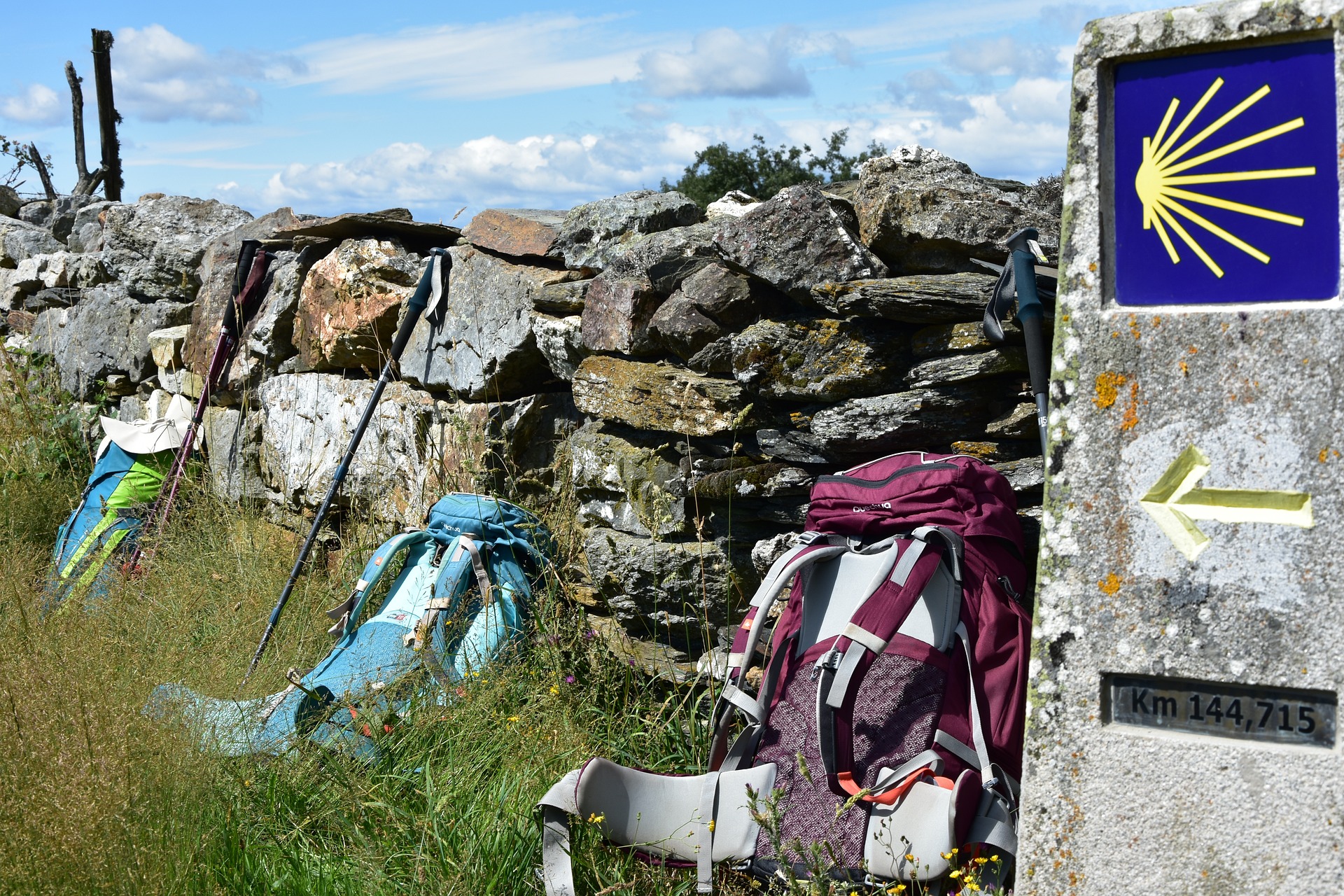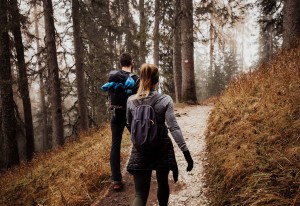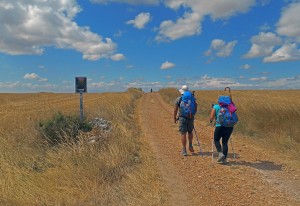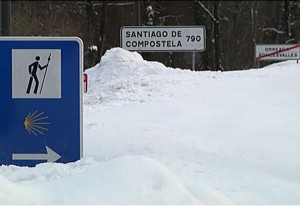Walking the Camino de Santiago in sections has become one of the most common ways to do it. And there is a good reason for this: our lives are becoming more and more complicated and it is difficult to find time for such a time-demanding adventure.
When we talk about waking the Camino de Santiago in sections, we are referring, in effect, to the same thing: dividing the total route into parts and doing them at different times, even in different years.
Today, in ALBERGUES DEL CAMINO, we are going to talk about how to divide the Camino de Santiago into sections . Let’s go there!
How to divide the Camino de Santiago into sections?
The first thing we must do is decide which route we want to do, see the total distance to cover and the number of stages that we will need, and divide that number of stages by the number of days that we can dedicate.
To make a good division we must take into account several aspects. In the first place, we will need to have the day of arrival at the starting point and the day that we will use to return home. This means that, if we have a week, we can really only reserve 5 days to carry out stages
Another aspect to take into account is that not all points of the Camino de Santiago are equally well connected with public transport such as plane or train, or even bus. For this reason, sometimes the stages will have to be a little longer or shorter to try to finish in a city that makes it easier for us to arrive or return.
Example: Camino Frances by sections
Let’s see it with a practical example: let’s imagine that we want to complete the French Way in sections, trying to do stages of 20-30 km daily, starting in Saint Jean Pied-de-Port. The division could look like this:
Section 1: 160.4 km
- Saint-Jean-Pied-de-Port – Roncesvalles: 24.2 km
Roncesvalles – Zubiri: 21.4 km
Zubiri – Pamplona: 20.4 km
Pamplona – Queen’s Bridge: 23.9 km
Queen’s Bridge – Estella: 21.6 km
Estella – Los Arcos: 21.3 km
Los Arcos – Logrono: 27.6 km
Section 2: 121.4 km
- Logroño – Najera: 29 km
- Najera – Santo Domingo de la Calzada – 12.5 mi / 20.7 km
- Santo Domingo de la Calzada – Belorado: 22 km
- Belorado – San Juan de Ortega: 14.5 mi / 23.9 km
- San Juan de Ortega – Burgos: 25.8 km
Section 3: 178.7 km
- Burgos – Hornillos del Camino: 21 km
- Stoves of the Way – Castrojeriz: 19.9 km
- Castrojeriz – Fromista: 24.7 km
- Fromista – Carrion de los Condes: 18.8 km
- Carrion of the Counts – Terradillos of the Templars: 26.3 km
- Terradillos of the Templars – Bercianos del Real Camino: 23.2 km
- Bercianos del Real Camino – Mansilla de las Mulas: 16.3 mi / 26.3 km
- Mansilla de las Mulas – Leon: 18.5 km
Section 4: 152.9 km
- Leon – San Martin del Camino: 24.6 km
- San Martin del Camino – Astorga: 23.7 km
- Astorga – Foncebadon: 25.8 km
- Foncebadon – Ponferrada: 26.8 km
- Ponferrada – Villafranca del Bierzo: 24.2 km
- Villafranca del Bierzo – O Cebreiro: 27.8 km
Section 5: 160 km
- O Cebreiro – Triacastela: 20.8 km
- Triacastela – Sarria: 25 km
- Sarria – Portomarin: 22.2 km
- Portomarin – Palas de Rei: 24.8 km
- Palas de Rei – Arzua: 28.5 km
- Arzua – O Pedrouzo: 19.3 km
- O Pedrouzo – Santiago de Compostela: 19.4 km
Where to start?
One of the questions that most people who decide to do the Camino de Santiago in sections ask is where to start. Again with the example of the French Way: should I start with the section between Saint Jean Pied-de-Port or Roncesvalles and Pamplona?
Our recommendation is that, if it is going to be your first path, you opt for the section that reaches Santiago. In the example of the French Way, it would correspond to the Sarria-Santiago section, which also allows you to meet the distance requirement to obtain the Compostela.
The credential on the Camino by sections
If you wonder if your pilgrim credential will lose its validity for doing the Camino de Santiago in sections, don’t worry. As long as you complete the Camino in chronological and geographical order, you can use the same credential. Of course, do not forget to stamp your credential twice at each stage. If you do not meet these requirements, you will not be able to obtain the Compostela.
If you have already traveled the Camino de Santiago in sections, we encourage you to tell us about your experience on our social networks Facebook and Instagram. Have a good way, pilgrims!












